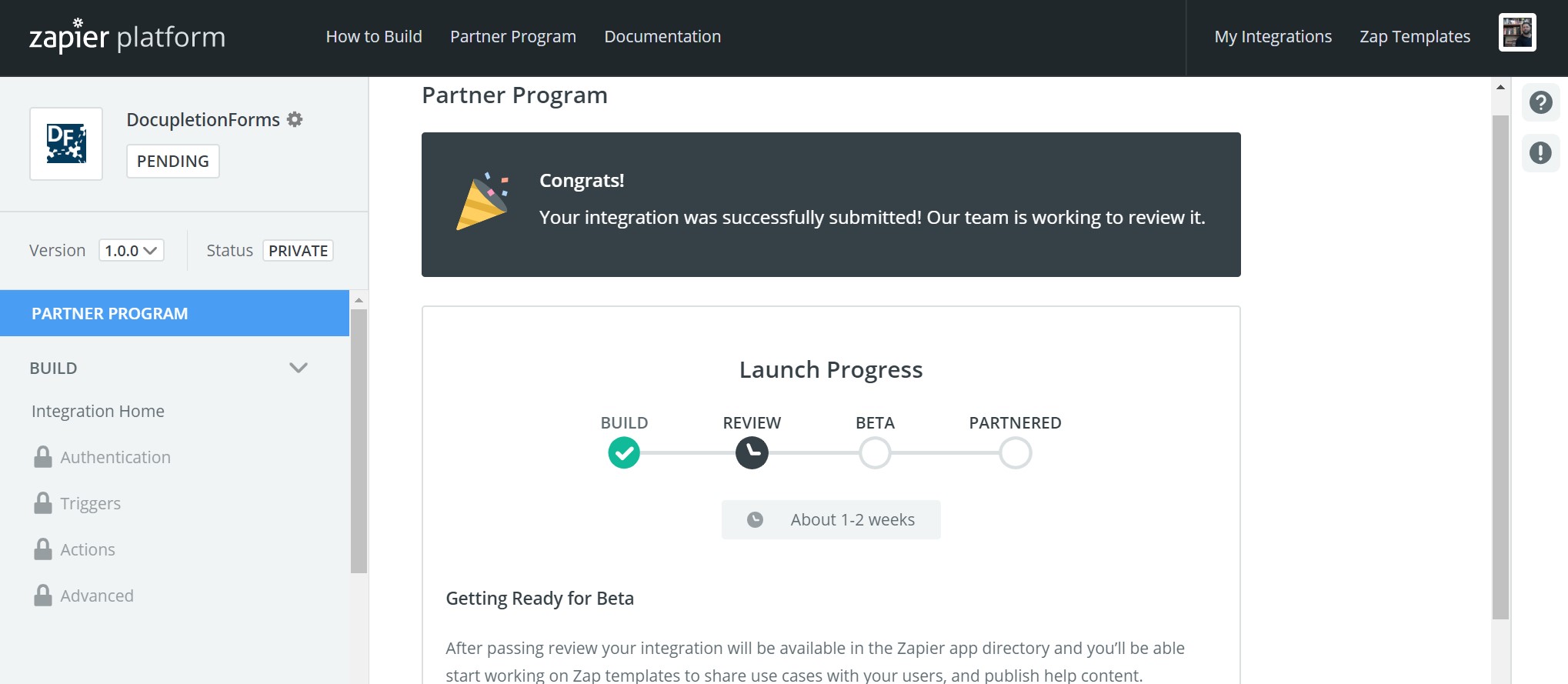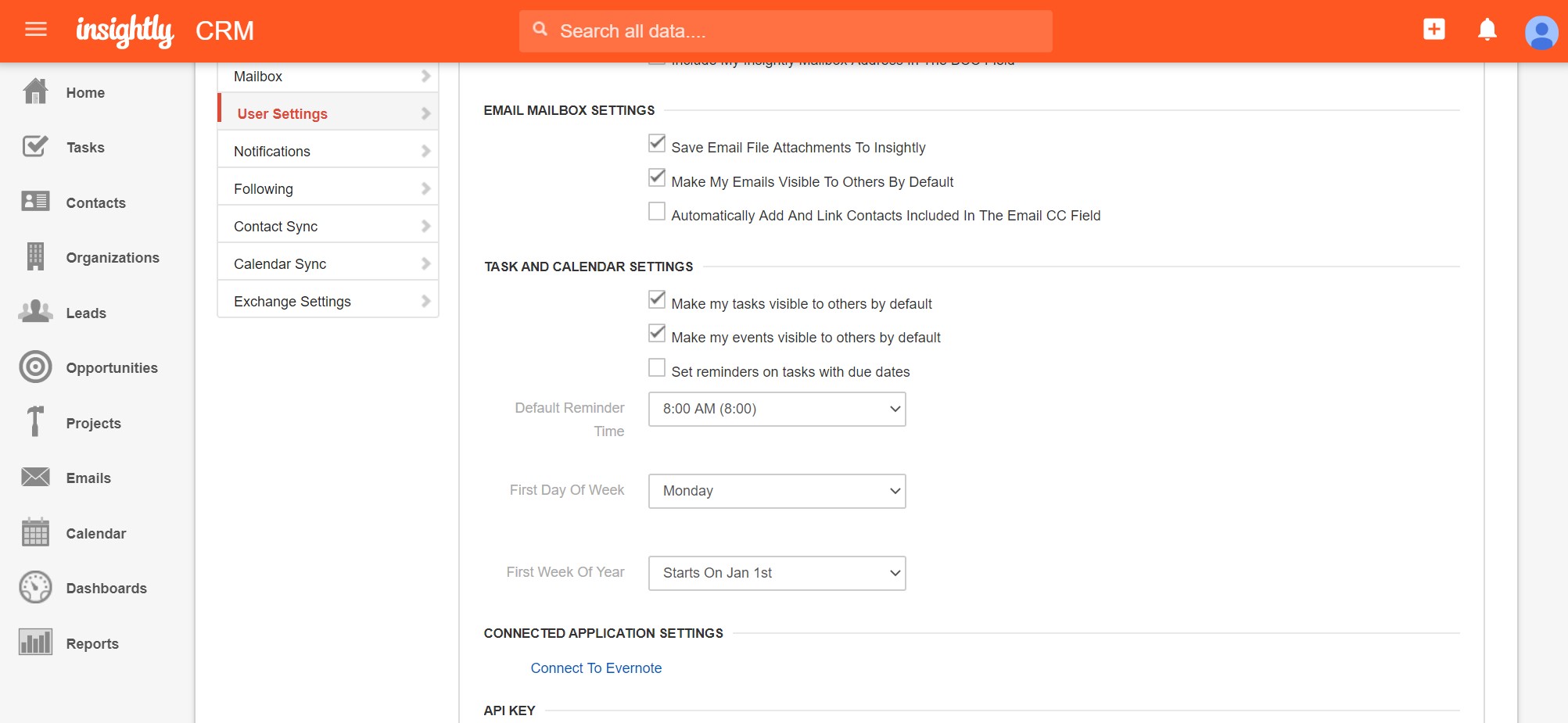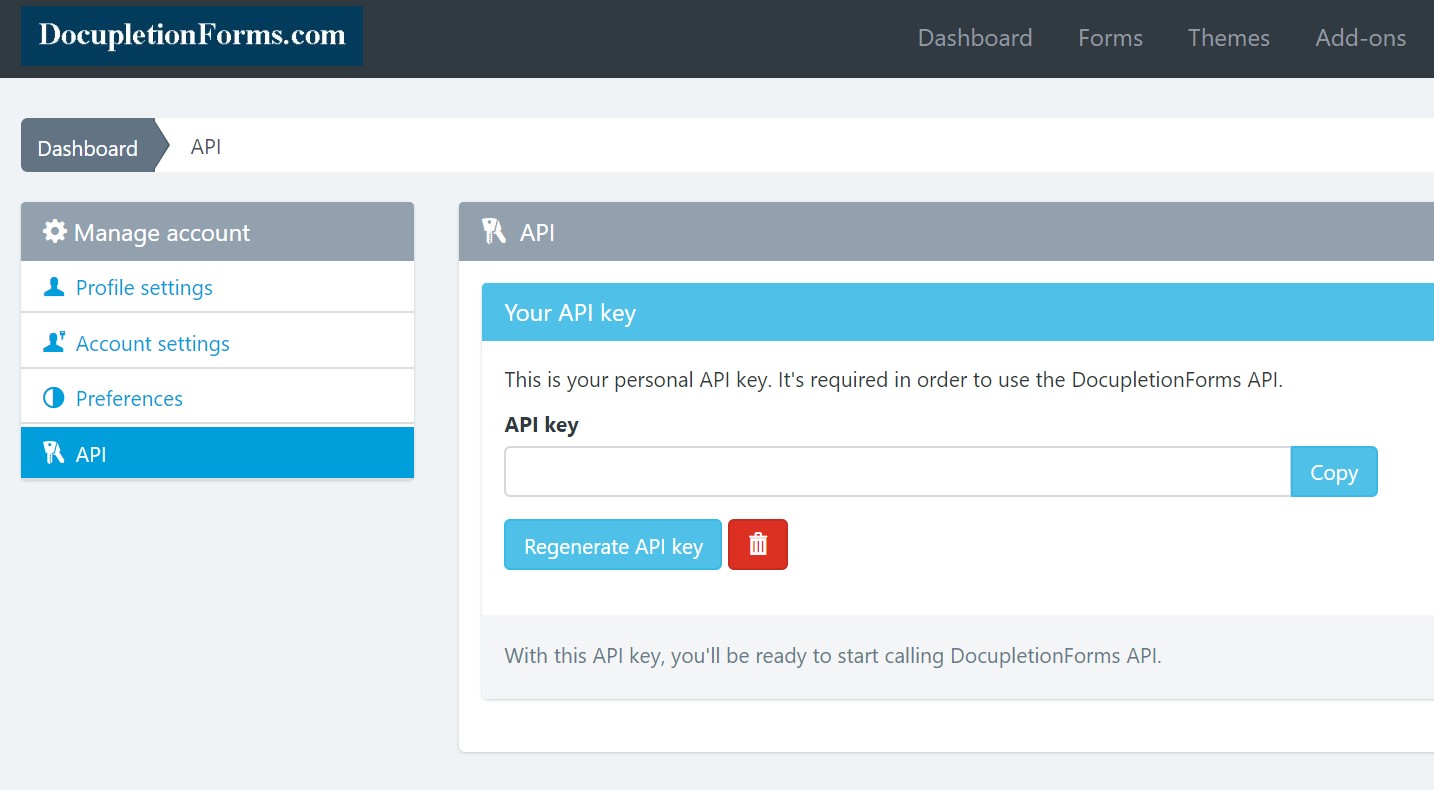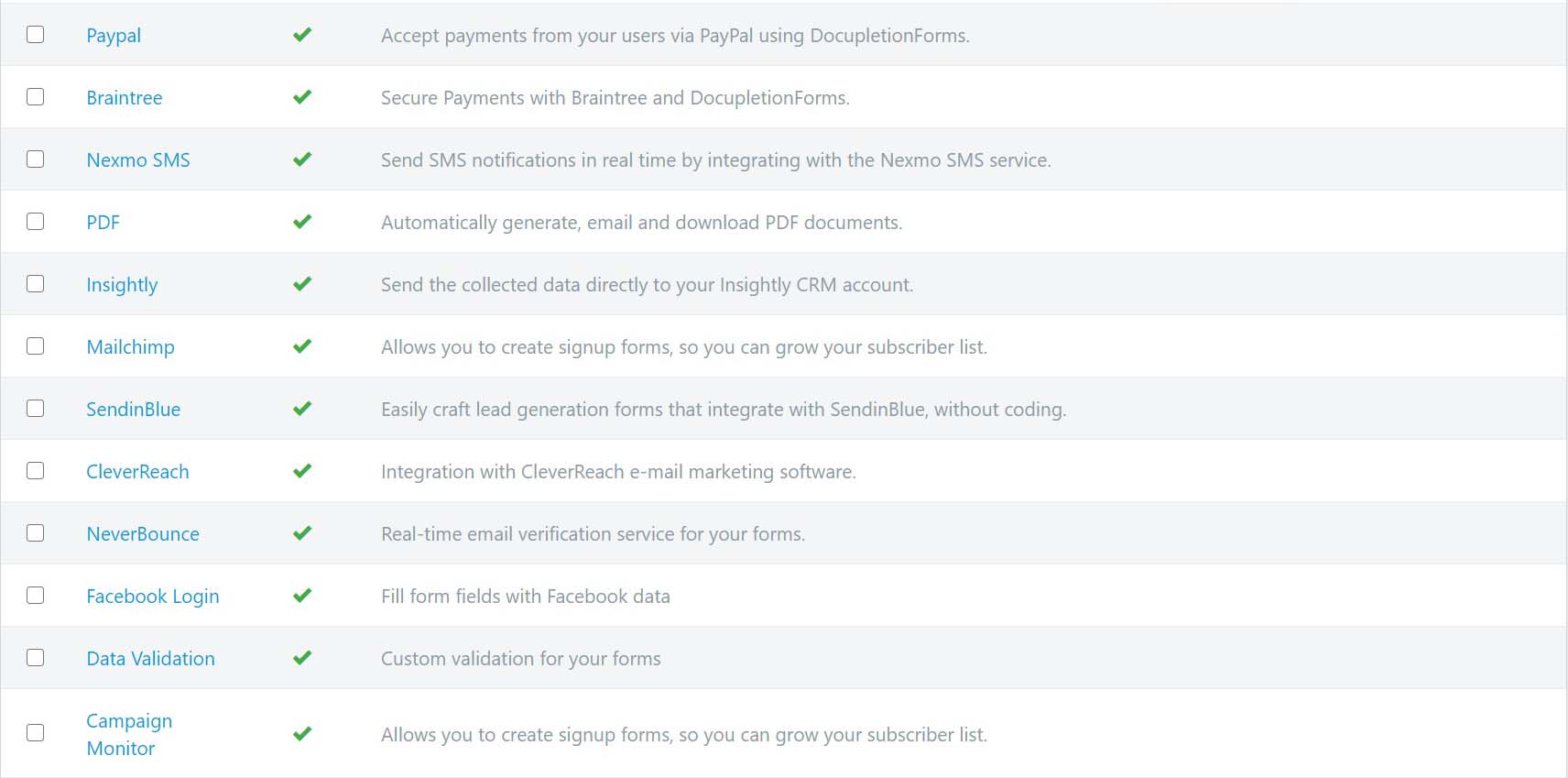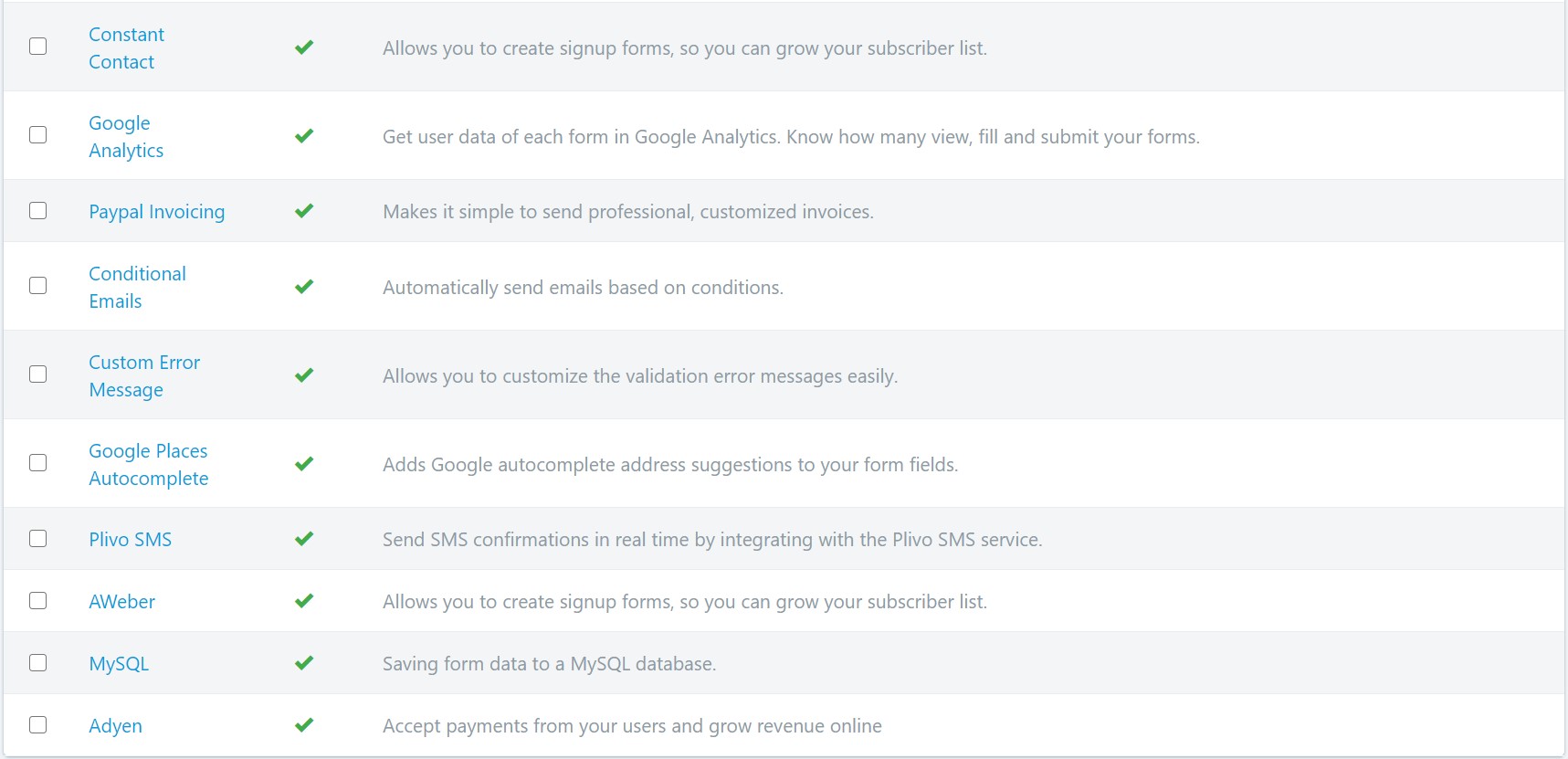Every savvy business owner and marketer understands that their success ultimately depends on the business’ existing and potential customers. This is why it is very important to keep customers interested, happy, active, and coming back, frequently.
However, some businesses, particularly new ones, are not aware of how important it is to engage with customers on a more personal level, in order to accomplish everything else. Unfortunately, if a business focuses primarily on pushing sales pitches to their prospects and customers, the business may lose customers quickly.
Successful businesses make their audience members feel appreciated and important. The key to creating a continual flow of customers is to build a solid relationship with them through a variety of connection points. Create engagement platforms, which enable customers to learn valuable info from peers, brand experts, as well as get to know you.
This is easily accomplished by using storytelling methods and techniques, which appeal to each audience segment. Let’s look at a few things you may want to consider and include as you plan your engagement strategies in your marketing plan.
1. Create emotional connections
We cannot stress how important it is for businesses to create a robust emotional link with their customers. However, for this to happen, you need to understand the audience you are targeting. Building such connections is a great step in increasing consumer loyalty. Therefore, present yourself as a person as opposed to a case of a faceless corporation.
For example, always introduce yourself when making any communications, use images of real team members on forums and social media. You can as well have a brand ambassador, who will be the face the audience identifies with your brand.
2. Build a forum or a community
Online forums and communities have been in existence for long, and they offer an excellent platform for direct engagement between brands and their customers. You can engage them through discussions, questions, updates, or even share information that could improve their present state of knowledge and expertise about a given product or service. The implication is that you need to be aware of your customers’ needs, tastes, preferences, and pain points so that you can tailor your engagement in such lines.
3. Engage them through contests
Everybody loves free stuff. You can capitalize on this by creating a contest that targets your customer segments. This approach not only serves to attract the attention of potential customers but also prompts them to continue interacting with a reward, long after the contest ends. An example might be “member only” coupons.
Another great activity to consider is inviting customers to share creative photos and tag your business on the photo. Make sure that the compensation you offer is something worth their time, such as a free one-time service or bonus products.
4. Embrace technology
Technology presents business owners and marketers various tools that they can use to achieve the necessary engagement with their customers. For example, social media has become a rich platform for customer engagement. It is advisable, however, to be ahead of the technology curve always if you are to succeed in your engagement goals since technology changes almost each day.
5. Hosting events
Events such as a local meetup or a webinar offer you an opportunity to meet and engage with your customers and prospects. Such events not only act as a meeting point but also a source of peer-to-peer knowledge. In addition, events bring peers together such that they share the feeling of being a section of an exclusive community.
Customer engagement is an essential element in marketing. It helps create a group of loyal customers, while you get to know the changing needs of the customers. This enables you to plan and provide tailored solutions you can add to your product line. Regardless of which engagement method you use first, your success lies in how well you understand your customers, communicate with them, as well as how thoroughly you meet their wants and needs.

